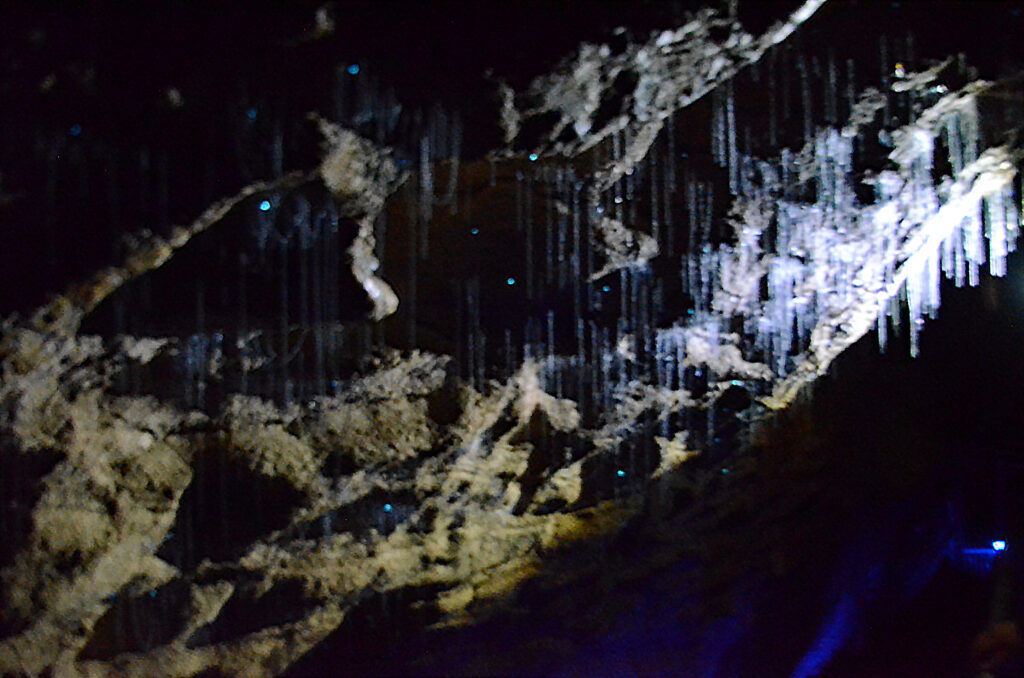In recent years, the concept of citizen science has gained significant traction, revolutionizing how we approach scientific research and environmental conservation. Citizen science involves the participation of non-professional scientists—ordinary people, volunteers, and enthusiasts—in collecting data and conducting research. This grassroots approach has proven particularly effective in monitoring and protecting wildlife, as it leverages the power of collective effort and widespread geographical coverage.
The Role of Citizen Science in Wildlife Monitoring

Citizen science projects have provided researchers with invaluable data sets crucial for monitoring wildlife populations and understanding ecosystem dynamics. Traditional scientific methods often face limitations due to constraints in time, resources, and personnel. By involving citizen scientists, these projects can cover larger areas and longer periods, enhancing observational reach and frequency. This approach to wildlife monitoring is not only cost-effective but also increases data availability and accuracy.
Examples of Successful Citizen Science Initiatives

One renowned example of a successful citizen science project is the Audubon Society’s Christmas Bird Count. This annual event, which began in 1900, encourages bird watchers across North America to document bird populations during the winter holiday season. The data collected over the years has been instrumental in tracking bird population trends and informing conservation strategies.
Another noteworthy initiative is the FrogWatch USA program, where volunteers record amphibian calls to monitor frog and toad populations. This data helps scientists assess the health of these species, acting as indicators of ecological changes such as habitat loss or climate change.
Technology Empowering Citizen Scientists

The digital age has transformed citizen science, making it more accessible and efficient. Mobile apps and online platforms have streamlined data collection and sharing. Applications like iNaturalist and eBird allow users to record their observations, complete with photos and geographic data. This information is then shared with a global community of scientists and enthusiasts, facilitating real-time tracking and analysis of wildlife patterns.
Moreover, technological advancements like remote sensing, GPS tracking, and automated species identification have enhanced the accuracy and scope of data collected by citizen scientists. These tools enable volunteers to contribute valuable information without requiring extensive scientific training.
The Impact on Wildlife Protection

Citizen science initiatives play a crucial role in wildlife protection efforts. By involving the public in research and data collection, these projects raise awareness about environmental issues and foster a sense of stewardship among participants. When people contribute to real scientific research, they become more invested in conservation outcomes, often leading to increased advocacy and support for environmental policies.
For instance, data gathered from citizen science projects can influence policy decisions, identify critical habitats in need of protection, and highlight species at risk. This collaborative approach underscores the importance of public engagement in finding solutions to complex conservation challenges.
Challenges and Opportunities

While citizen science offers numerous benefits, it also presents certain challenges. Ensuring data quality and consistency can be difficult, as variations in observer experience and methodology may lead to discrepancies. However, rigorous training programs, standardized protocols, and the use of technology to validate data can mitigate these issues.
The opportunity to engage more diverse communities in citizen science represents an exciting frontier for the movement. By increasing inclusivity, projects can tap into a broader range of observations and cultural perspectives, enriching the data and expanding our collective understanding of wildlife and conservation issues.
Conclusion: A Collaborative Path Forward

The integration of citizen science into wildlife monitoring and protection marks a significant advancement in conservation efforts. By empowering ordinary people to participate actively in scientific research, we create a collaborative path forward for preserving biodiversity and addressing environmental challenges. As these initiatives continue to evolve, the potential for citizens worldwide to contribute positively toward safeguarding our planet’s wildlife becomes increasingly promising.




